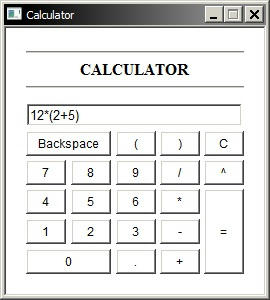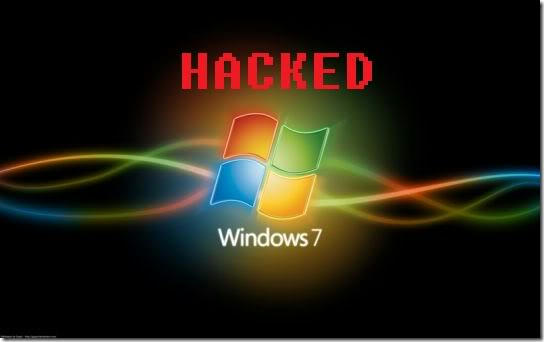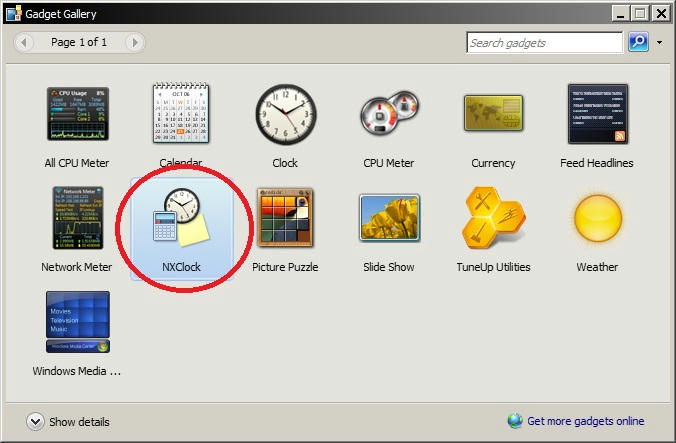
If you are dual-booting Windows and Linux, you will probably want to access files on your Linux system from Windows at some point. Linux has built-in support for Windows NTFS partitions, but Windows can't read Linux partitions without third-party software.
Ext2Fsd
Ext2Fsd is a Windows file system driver for the Ext2, Ext3, and Ext4 file systems. It allows Windows to read Linux file systems natively, providing access to the file system via a drive letter that any program can access.
You can have Ext2Fsd launch at every boot or only open it when you need it. While you can theoretically enable support for writing to Linux partitions, I haven't tested this. I would be worried about this option, myself – a lot can go wrong. Read-only support is fine, though, and doesn’t have a risk of messing anything up.

The Ext2 Volume Manager application allows you to define mount points for your Linux partitions and change Ext2Fsd’s settings.

If you didn't set Ext2Fsd to autostart at boot, you will have to go into Tools –> Service Management and start the Ext2Fsd service before you can access your Linux files. By default, the driver automatically mounts and assigns drive letters to your Linux partitions, so you don't have to do anything extra.

You will find your Linux partitions mounted at their own drive letters in Windows Explorer. You can access the files on them from any application, without the hassle of copying files to your Windows partition before accessing them.

This partition's file system as actually EXT4, but Ext2Fsd can read it fine, anyway. If you are looking for your personal files, you will find them in your /home/NAME directory.

I hope you found this article useful and informative. If you have got any question or problem, just mention it in the comments and I would be glad to help.














No comments: